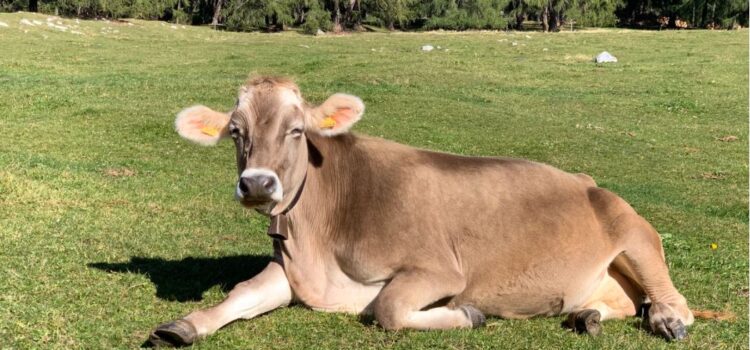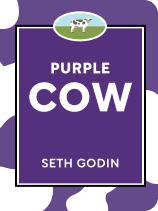

This article is an excerpt from the Shortform book guide to "Purple Cow" by Seth Godin. Shortform has the world's best summaries and analyses of books you should be reading.
Like this article? Sign up for a free trial here .
What is the purple cow theory? How can you follow Seth Godin’s advice to make your own purple cow?
The purple cow theory states that consumers become bored of seeing the same brown cows in marketing over and over. However, a purple cow would be remarkable.
Read more to learn about the purple cow theory.
The Purple Cow Theory
Seth Godin and his family were taking a road trip through France. While driving through the countryside they were delighted to see fields full of cows. They hadn’t seen many cows before, so seeing entire herds was quite a novelty for them.
However, the novelty quickly wore off. Every cow looked much like the others, and it didn’t take long for these plain brown cows to become commonplace and boring. But if they were to see a purple cow, that would be remarkable—for a while, at least. That is the purple cow theory. You can apply that same concept to marketing, which is why Godin’s book is called Purple Cow.
The point of marketing is to catch people’s attention and to get them interested in your product. However, so much of marketing consists of regular old brown cows; the ads (and the products) all look the same. They’re not remarkable enough to pull people away from their busy lives and trusted products or services. That’s why you need a Purple Cow: something truly remarkable that will catch people’s interest.
As a case study, consider the Volkswagen Beetle. The original Beetle model did poorly until it got a huge boost from some clever advertising. That was the power of traditional mass marketing, which we will discuss in detail in the next chapter.
However, the newer Beetle model was remarkable. Its strange, rounded shape set it apart from all the big, boxy cars and SUVs on the road. The car advertised itself just by existing, and it was successful without much help from mass marketing. This is the power of the Purple Cow theory.
Seth Godin’s Book
Purple Cow the book covers a few different, though related, topics. First, the book explains how and why the traditional mass marketing strategies don’t work anymore. In short, people get bombarded with so many bland products, and the commercials that go with them, that it all fades to background noise. These products and their ads are vast fields of brown cows; in order to stand out, you have to use the purple cow theory.
The book then explains how ideas move through a population in a bell curve pattern, and how you can use that to your advantage. Traditional wisdom has you target the center of the curve, showing your ads to as many people as possible. However, the real value is in the small fraction of people who are ready and eager for your new product. They will be the ones to spread it to the masses.
With that background you’ll be ready to leverage the power of remarkability and create your own Purple Cow. There’s no foolproof system for it, but there are some general guidelines that will get you on your way to success.
However, just using the purple cow theory isn’t the end of the process. You have to milk your Cow and, when the time comes, you have to breed it. The profits from one successful Purple Cow can fund many others and keep your business going; if you don’t do this, sooner or later you’ll get overtaken by a competitor with their own Purple Cow.

———End of Preview———
Like what you just read? Read the rest of the world's best book summary and analysis of Seth Godin's "Purple Cow" at Shortform .
Here's what you'll find in our full Purple Cow summary :
- Why you have to be remarkable to succeed
- How to help your business stand out
- How to leverage a single remarkable product for all it's worth






